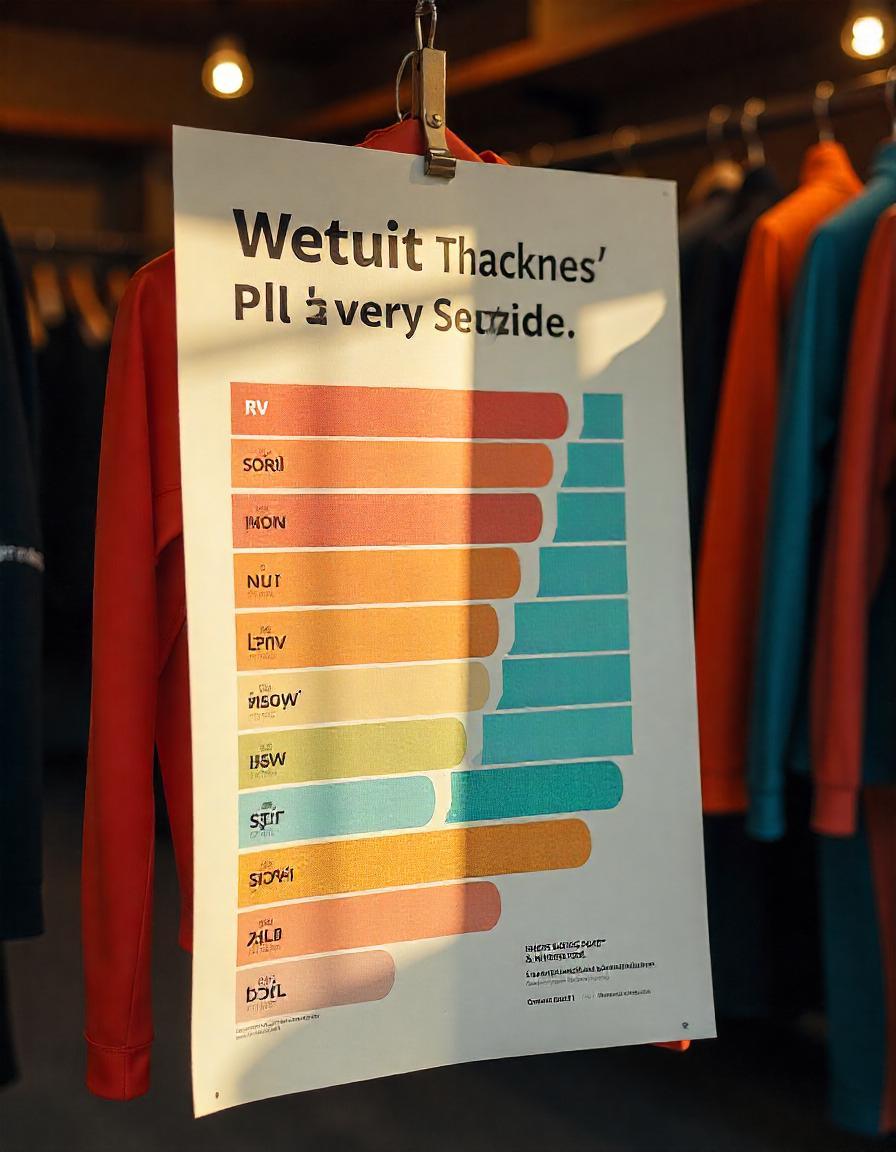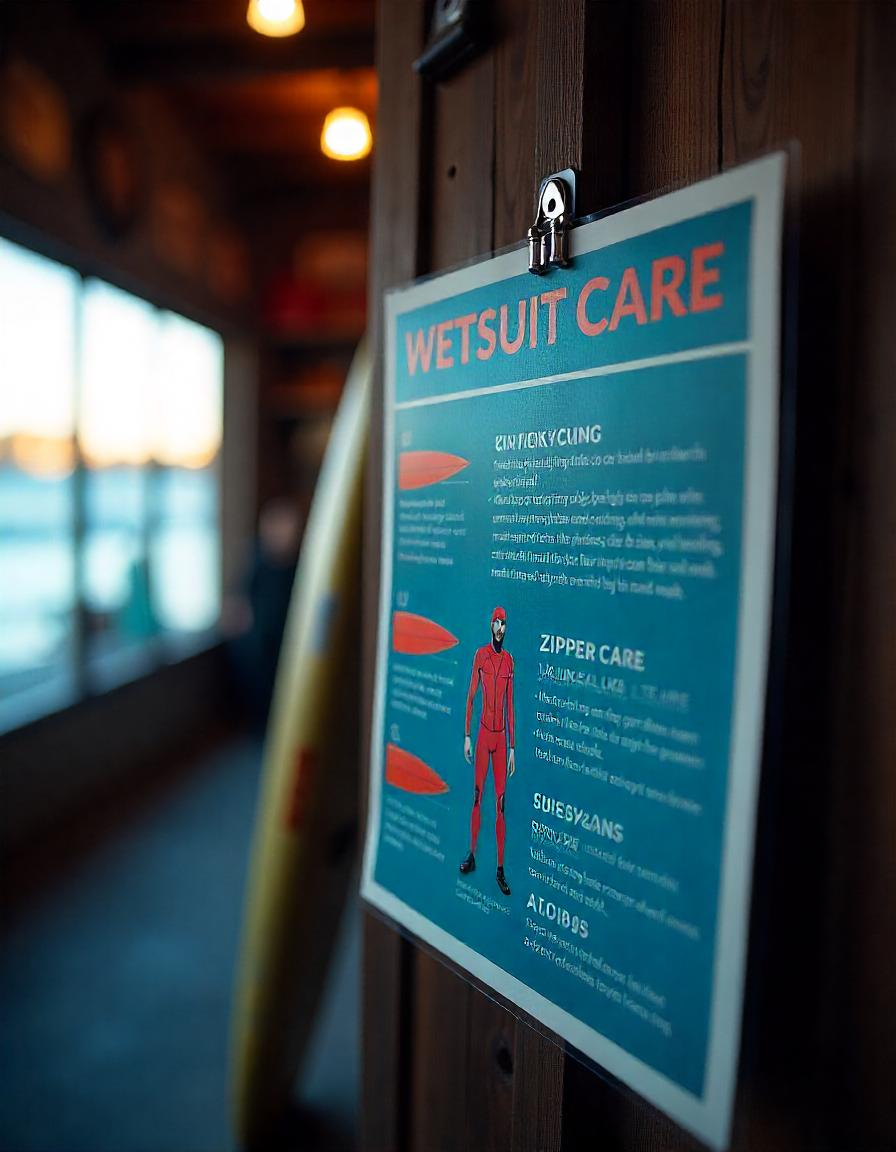If you enjoy water sports, wearing the right wetsuit can make all the difference between an exhilarating experience and a chilly struggle. Wetsuits are designed to protect you from the cold by providing insulation and maintaining your core temperature. However, to stay comfortable and safe, you need to choose the right thickness for the season and water conditions. This guide will help you understand what wetsuit thickness is best for every season, so you can fully enjoy your time in the water.
How Wetsuit Thickness Works
Wetsuit thickness is measured in millimeters (e.g., 5/4mm). The first number refers to the thickness of the material around your torso, which needs extra insulation. The second number shows the thickness for your arms and legs to ensure mobility. Thicker wetsuits provide more warmth, while thinner options offer increased flexibility. The balance between these factors is crucial for a comfortable experience.
Seasonal Wetsuit Thickness Recommendations
Spring (March to May)
Spring in most regions, including the UK, often signals colder waters as winter’s chill lingers.
- Water Temperature: 10–15°C
- Recommended Thickness: 4/3mm
- Why This Works: A 4/3mm wetsuit provides a balance of warmth and flexibility, making it ideal for transitional weather. The thicker torso panel protects against cold water while the slightly thinner arms and legs keep movement agile.
- Additional Gear: Consider wearing boots if water temperatures approach the lower end.
Summer (June to August)
Summer brings warmer water, which invites a broader range of wetsuit choices based on your tolerance level and activity.
- Water Temperature: 16–22°C
- Recommended Thickness: 3/2mm or Spring Suit
- Why This Works: During warmer months, a 3/2mm wetsuit offers sufficient insulation while allowing maximum flexibility. For casual paddling or short sessions, a spring suit (short arms and legs) can work well.
- Additional Gear: A lightweight rash vest under your wetsuit can add minor warmth without bulk.
Autumn (September to November)
Autumn often features variable conditions, with cooling waters requiring a thicker wetsuit as the season progresses.
- Water Temperature: 10–16°C
- Recommended Thickness: 4/3mm or 5/4mm
- Why This Works: Early autumn may still support a 4/3mm wetsuit, but as the cold sets in, switching to a 5/4mm suit offers better insulation. Sealed seams are recommended to keep water out.
- Additional Gear: Boots and gloves become more essential towards late autumn.
Winter (December to February)
Winter waters are coldest, making warmth the top priority. Venturing out during this season requires a high-performance wetsuit.
- Water Temperature: Below 10°C
- Recommended Thickness: 5/4mm or 6/5mm
- Why This Works: A 5/4mm or 6/5mm wetsuit features thick insulation to protect against bone-chilling conditions. Advanced thermal linings and taped seams are essential for added warmth and reduced water flushing.
- Additional Gear: Boots, gloves, and a hood are non-negotiable for winter outings. These accessories guard extremities, where heat loss occurs rapidly.
Key Features to Look for in a Seasonal Wetsuit
While thickness plays a significant role, other features can enhance your wetsuit’s effectiveness across all seasons.
- Seam Type:
- Flatlock seams are suitable for warmer waters but may allow water in.
- Glued and blind-stitched seams are better for colder conditions as they provide a watertight seal.
- Thermal Lining: A fleece-like lining helps trap additional heat, making it vital for colder seasons.
- Entry Style: Chest-zip and zip-free wetsuits reduce water entry compared to traditional back-zip options.
Tips for Choosing the Right Wetsuit
- Research Local Water Conditions: Familiarize yourself with average water temperatures for your region. A general wetsuit thickness guide might differ slightly based on microclimates.
- Invest in Accessories: Supplements like neoprene hoods, gloves, and boots can extend your comfort in colder water without requiring an excessively thick wetsuit.
- Test the Fit: An ill-fitting wetsuit won’t keep you warm. Always ensure it fits closely but allows room for movement.
Final Thoughts
The right wetsuit thickness varies depending on the season and water temperature, but understanding your specific needs can make the decision easier. Investing in the right gear for each season not only improves your comfort but also ensures you can enjoy water activities year-round.
By following this wetsuit thickness guide, you’ll be prepared for everything from brisk winter waves to balmy summer swims. Stay warm, stay safe, and make the most of your time on the water!





